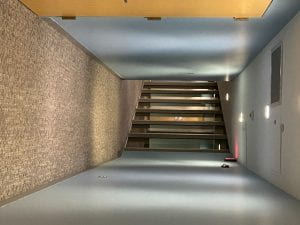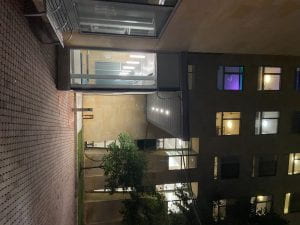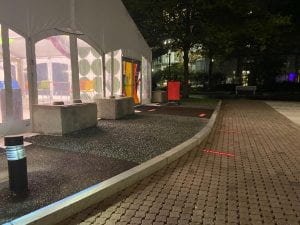Score:
Set Up Chess
Shake Hands With Your Opponent
The Winner Must Take A Single Piece As A Prize
Play Chess

Chess is a game that is rooted in tradition. it is one of the oldest games people have played and has had thousands of iterations. It is a game with and of many cultures, from the prestigious grandmasters to the lightning-fast players of street chess. it is a game that is so impactful in its simultaneously rigid and fluid structure. Rigid because of the limits of every piece but fluid because of the vase number of combinations, styles, gambits, and win states there are. It is this dual nature that I feel drew someone as creative and forward-thinking as Marcel Duchamp to the game of chess and it is this interest of his that inspired me to create dissolving chess. I found it fascinating that someone who rigorously challenged the conventions of the art world never considered doing the same for the game world.
Yoko Ono’s White Chess is another source of inspiration for this project. Using a chess set and board with only one color illustrates the absurdity of conflict-oriented thinking, showing us that maybe we’re all the same after all. I have elected for a more aggressive approach. I would like to ask the question “what happens when there’s nobody left to fight? Be it a war, a massacre, a disagreement, or climate change, when the fighting is over there is always something lost what happens when we’ve lost too much? when there isn’t a way back? With dissolving chess, the only way to have all the pieces on the board is not to play the game.
Several games have taken place and each side is significantly smaller than when it was started. the rules have had to change. in the 5th game after a player had decided to take the Black king the players agreed to make the objective of the game to capture all of the enemy’s pawns first. I expect the rules to continue to change as the pieces dwindle and I plan on continuing to play and have others play until the box is empty.
These are the current winners and their trophies.

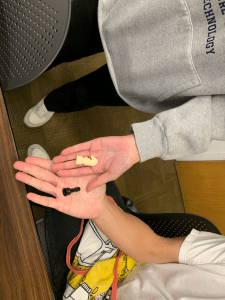


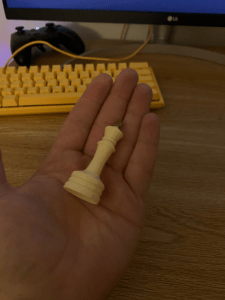


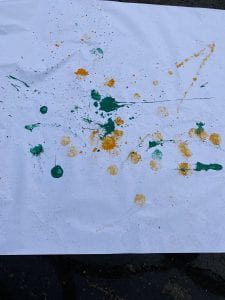
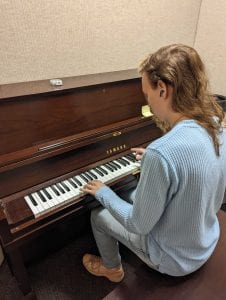

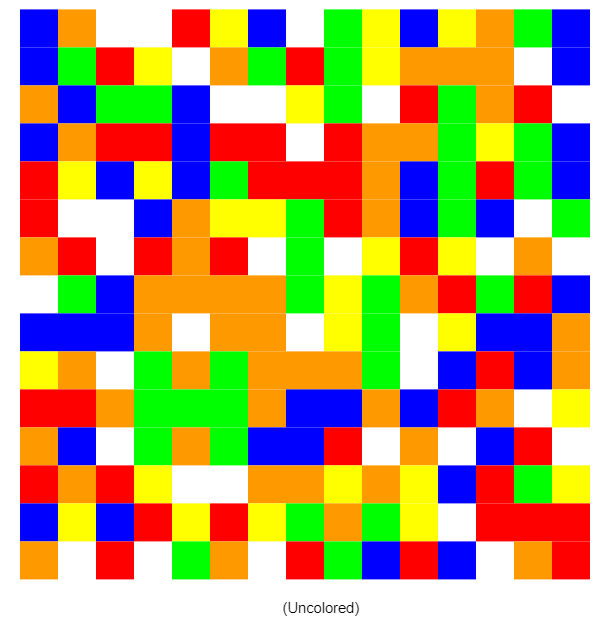
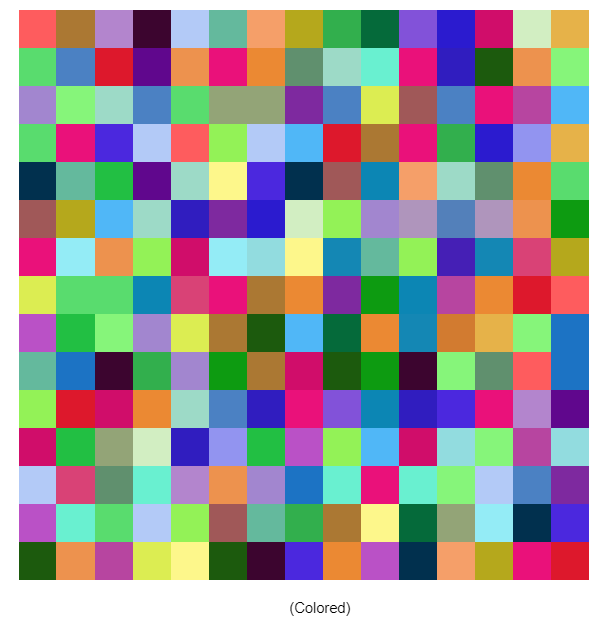
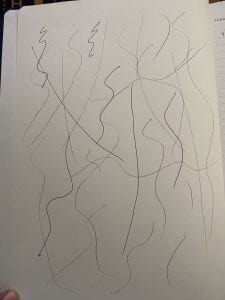
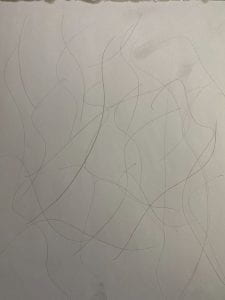
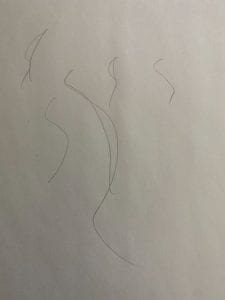

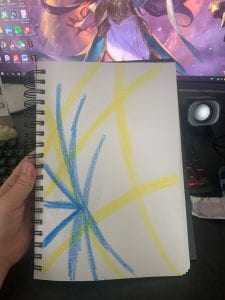





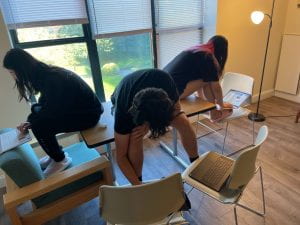
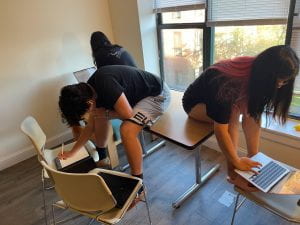 .
. 
